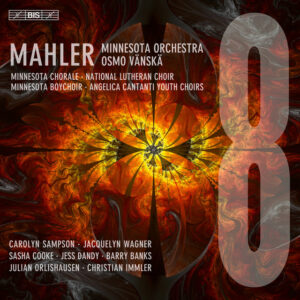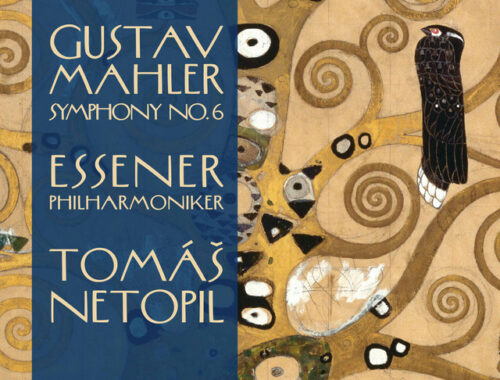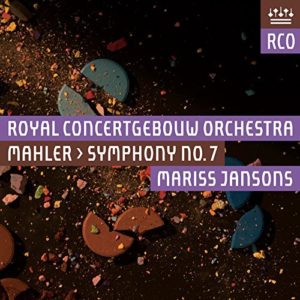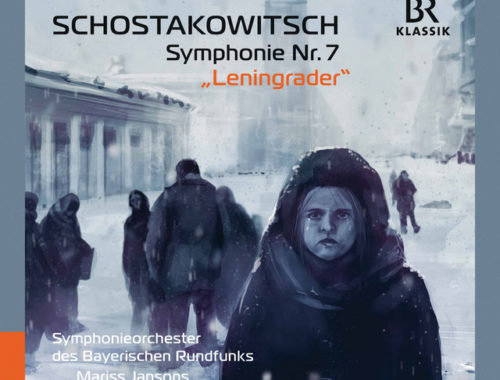GRAMOPHONE Review: Mahler Symphony No 8 Minnesota Orchestra/Vänskä
 The Eighth is often the Mahler symphony that seems to inspire conductors who fall short in the others. That’s a sweeping generalisation, of course, but look no further than a conductor like Solti whose Mahler always struck as one-dimensional but who rose magnificently to the operatic aspirations of the Eighth. After all, in some respects the Eighth – especially Part Two – is (along with Das klagende Lied) the opera that Mahler never wrote.
The Eighth is often the Mahler symphony that seems to inspire conductors who fall short in the others. That’s a sweeping generalisation, of course, but look no further than a conductor like Solti whose Mahler always struck as one-dimensional but who rose magnificently to the operatic aspirations of the Eighth. After all, in some respects the Eighth – especially Part Two – is (along with Das klagende Lied) the opera that Mahler never wrote.
Osmo Vänskä (whose cycle has had its moments thus far) locks into that idea and his shrewd and effective casting of soloists really makes it shine. Perhaps the opening and closing don’t entirely measure up to what comes in between (and I’ll give my reasons presently) but there is much to enjoy and best of all a feeling of wanting to have been in the hall as it happened.
Part One is decidedly symphonic – which is not always the case. There is cut and thrust and a compelling momentum. Yes, I’ve heard more thrilling opening invocations – Solti and Tennstedt among them – but as soon as we move into the quirky marching transformation of the opening hymn Vänskä is super-incisive with with keen rhythm and razor-sharp sforzandi really opening up the textures.
I’ve alluded to his soloists who are a satisfying blend in Part One and very much individuals in Part Two. Singers like Carolyn Sampson and Barry Banks have notably evolved in dramatic terms but in this first part it’s their harmonious awareness of what is around them that especially impresses. Then again Sampson and the second soprano Jacquelyn Wagner whack out their top B’s and C’s with fabulous accuracy crowning each successive climax while Vanska intensifies the effect of these summits, always mindful of the accumulative effect of the movement.
The huge development beginning ‘Accede lumen sensibus’ is propelled at quite a lick, gathering force and pace and hurtling towards the recapitulation with no untoward (and unwritten) ritardando into the returning hymn. I could have done with a more raucous cutting tone from the boys choir and a little more of the extra brass in the concluding Gloria but it thrills for sure as those overlapping choral waves envelope us.
The manifold beauties of Part Two are embraced by Vänskä with great lucidity and an abundance of inner detail, the woodwind especially pulling focus from the voices quite poetically. The impressive bass Christian Immler excels in his Wotan-like aria form rocky heights and I especially applaud Barry Banks whose ecstatic Doctor Marianus makes light of the wickedly high tessitura and finds great beauty in his paean to the Mater Gloriosa. She positively floats into view on an ethereal cushion of violins, harp and harmonium.
There is more ecstasy in the glorious ‘Blicket auf sum Retterblick’ where we ‘gaze upwards’ and Vänskä’s gleaming and super-high first trumpet points us towards the heavens and the Chorus Mysticus. The effect of this mighty coda can never be less than thrilling but I do wish that Vänskä had set aside his no nonsense ‘in tempo’ approach and indulged us in some Bernstein-like breadth – especially in the orchestral postlude where the trumpets of the offstage brass reach beyond the octave to eternity.
Not by any means a first choice, then, in visionary terms but well worth a listen for its many beautiful observations, its first-rate engineering, and excellent soloists.




